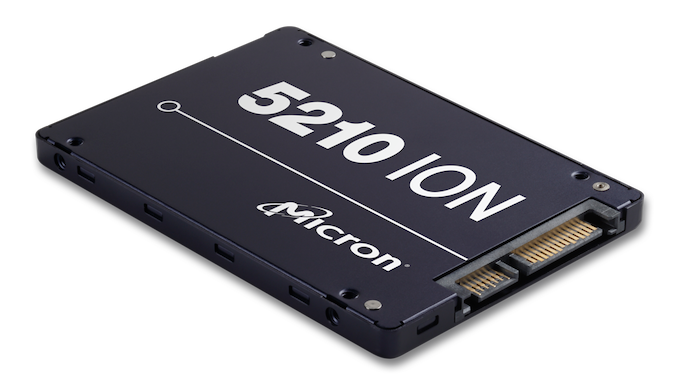Solid-state drives (SSDs) are not as expensive as they once were, but they’ll still set you back a lot more than an HDD. Why is this the case?
Hard disk drives (HDDs) were the main storage medium for personal computers for decades. Storing data on spinning magnetic disks, HDDs are significantly cheaper than SSDs, which store data as electrical charges in NAND flash chips. Because SSDs contain no moving parts, the access time is significantly reduced, making them incredibly fast. An HDD, on the other hand, has to position the read/write heads to the correct portion of the drive, rendering the process much slower. SSDs are also much more energy efficient because of this. SSDs are significantly more expensive than HDDs, although they have come down in price in recent years. You can buy a 1TB HDD for around £30, whereas an SSD with the same storage capacity will set you back at least £70.
SSDs use NAND flash chips, and those used in computers typically use higher quality chips, which are more expensive than those used in USB flash drives and SD cards. The assembly of SSDs is also more complex; for example, the drive’s controller and firmware must be carefully integrated. Compatibility and stability testing once SSDs are assembled also push the price up.
Recent reports suggest that due to Samsung temporarily closing its plant in Austin, Texas, NAND flash chips will rise by 3-8% in the second quarter of 2021. Additionally, the supply of NAND flash controllers may be at risk. Supply for notebooks as a result of home working during the COVID-19 pandemic is predicted to exacerbate the shortage of SSDs, further pushing the price up.
